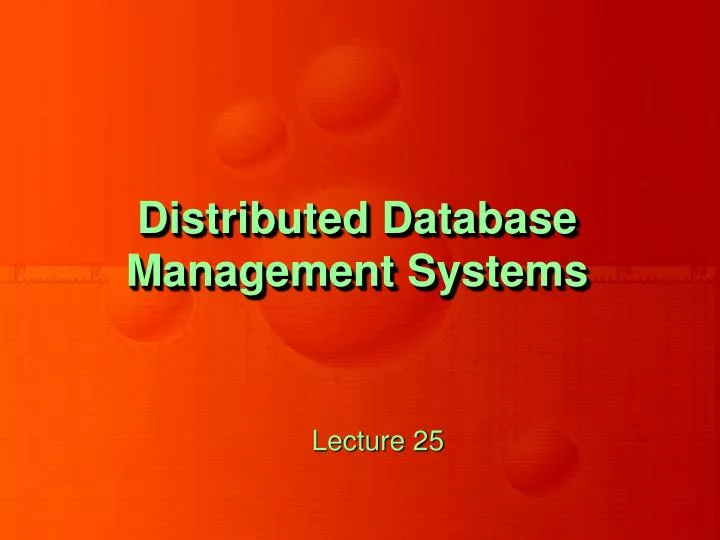



History of OO Models and Systems Languages: Simula (1960s), Smalltalk (1970s), C++ (late 1980s), Java (1990s) Experimental Systems: Orion at MCC, IRIS at H-P labs, Open-OODB at T.I., ODE at ATT Bell labs, Postgres - Montage - Illustra at UC/B, Encore/Observer at Brown Commercial OO Database products: Ontos, Gemstone, O2 ( -> Ardent), Objectivity, Objectstore ( -> Excelon), Versant, Poet, Jasmine (Fujitsu GM)Elmasri/Navathe, Fundamentals of Database Systems, Fourth EditionCopyright 2004 Ramez Elmasri and Shamkant NavatheĢ0.1 Overview of Object-Oriented Concepts(1) MAIN CLAIM: OO databases try to maintain a direct correspondence between real-world and database objects so that objects do not lose their integrity and identity and can easily be identified and operated upon Object: Two components: state (value) and behavior (operations). Introduction Traditional Data Models : Hierarchical, Network (since mid60s), Relational (since 1970 and commercially since 1982) Object Oriented (OO) Data Models since mid-90s Reasons for creation of Object Oriented Databases Need for more complex applications Need for additional data modeling features Increased use of object-oriented programming languagesĬommercial OO Database products several in the 1990s, but did not make much impact on mainstream data managementĮlmasri/Navathe, Fundamentals of Database Systems, Fourth EditionCopyright 2004 Ramez Elmasri and Shamkant Navathe Chapter 20Concepts for Object-Oriented DatabasesĬhapter Outline20.1 Overview of O-O Concepts 20.2 O-O Identity, Object Structure and Type Constructors 20.3 Encapsulation of Operations, Methods and Persistence 20.4 Type and Class Hierarchies and Inheritance 20.5 Complex Objects 20.6 Other O-O Concepts 20.7 Summary & Current StatusElmasri/Navathe, Fundamentals of Database Systems, Fourth EditionCopyright 2004 Ramez Elmasri and Shamkant Navathe


 0 kommentar(er)
0 kommentar(er)
